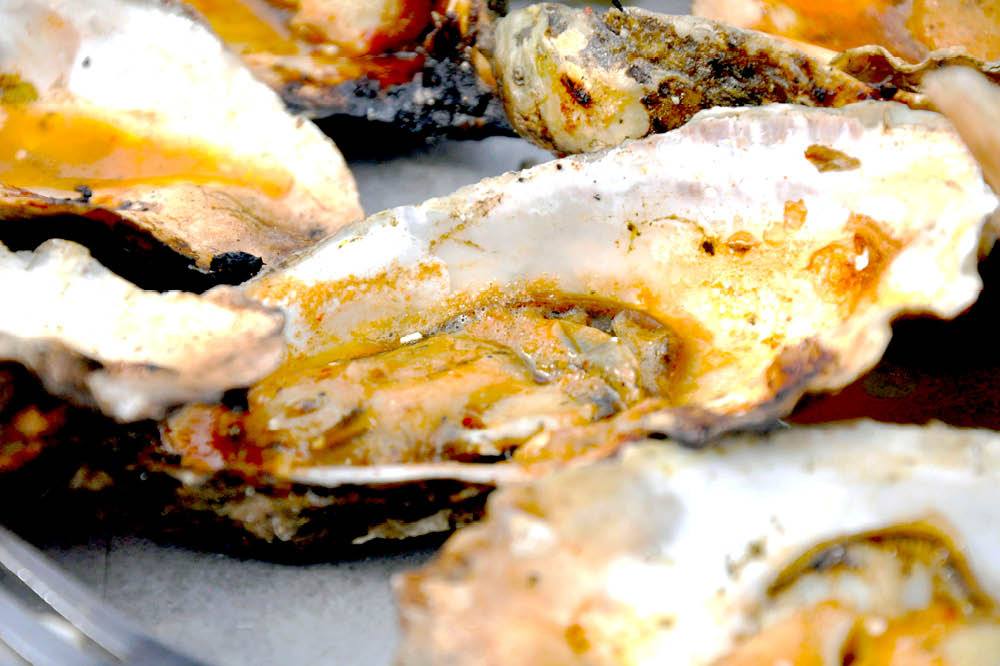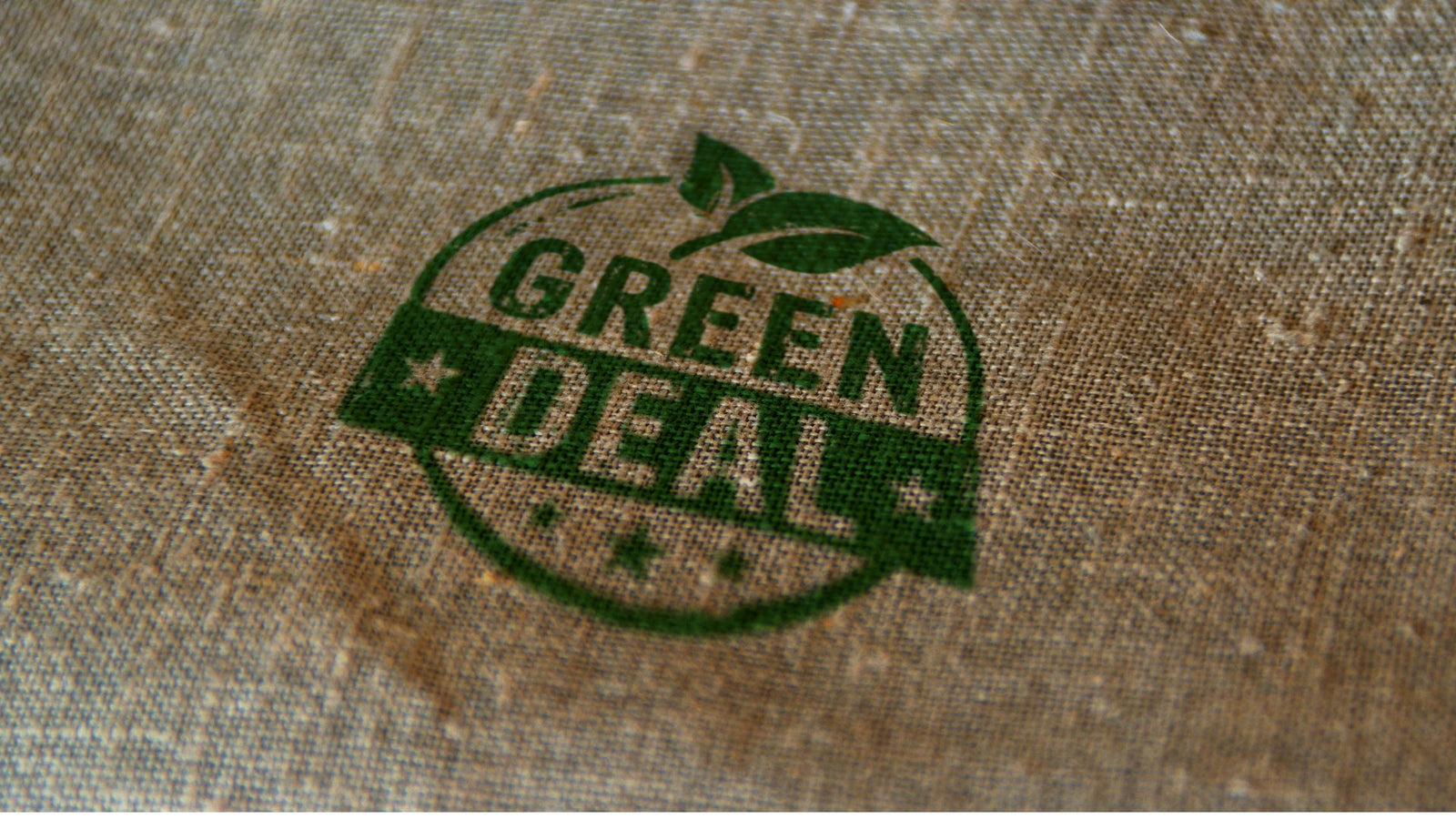San Francisco is a little too easy to stereotype: tourists, foodies, tech geeks, start-ups, progressive politics and gay folks. It is a facile take, but still true. This completely misses the Bay Area’s real siren call which is its wild, natural beauty.
If Richard Florida is right, the great weather, ocean vistas and hillside views are preconditions of the tech economy, the easy stereotypes, top schools and San Francisco's food culture. Yes. I'm saying that the Bay Area's beauty is closely linked to diverse, highly developed agricultural production for the simple reason that the creative class audience who can support top quality local products wants to live here. Buckle-up haters, I'm saying that San Francisco is really nice.
NATURE AND FOOD CULTURE
Two of the region's greatest glories are the fabulous ocean-and-farm-to-table food culture and the ability to reach deep nature in a day-trip. Come with me on a greatest glories two-fer. We'll drive through fruit, veg, dairy, wine and fishing country. And, we'll take in a big dose of San Francisco’s food bounty on our way to Hog Island Oyster Co.
"The only city in America where weed is legal, but plastic bags aren't." (From a "San Francisco" search on urbandictionary.com)




In the 1950's San Francisco was the premiere cargo port on the west coast. Fishing, ship repair, military importance, farming and shipping have mostly moved on—replaced by city jobs with higher economic value. That said, the US farm-to-table food revolution rooted here first when Alice Waters opened Berkeley's Chez Panisse in 1971. Since then, San Francisco has developed one of the most product-driven, pleasure-seeking food cultures in the world.
Where does the good stuff come from? The short answer is "everywhere", even if that means a bit further from town than it used to. Let's go north over the Golden Gate bridge for a look at how the ocean and natural beauty connect to everything crave-able, edible and drinkable.
THE DRIVE
Find the Golden Gate Bridge then turn your regard west for reminders that San Francisco is as much about the Pacific Ocean as it is about the bay. The drive through Marin to Tomales Bay is one of the best ways I know of to appreciate the link between the region's great food and from whence it comes.
Soon after the bridge, you're in the tony hills of Sausalito. Still urban, but the land begins to open up in Mill Valley's hills and flats. Turn west onto US 1 and you'll reach Green Gulch, which is a Zen Center and Farm (with an ocean view) that supplies top restaurants and farmer's market patrons. A little further down the coast road, you'll find surfers and fishing boats.
Back on the 101 heading north, if you turn north east toward the San Pablo Wildlife Refuge, you'll reach wineries in Sonoma or Napa. Take the US 116 off of 101 toward apples, plums, berries and chickens in Sebastopol or Petaluma. Stay on the 101 north to reach the recently posh town of Healdsburg. But today, we stay on US 1's coastal switchbacks headed west for the Pacific Ocean.
City and suburb recede into rolling, golden hills (acidly green in spring). We travel past apple orchards, wine vineyards, sheep, cattle and dairy farms. When the time comes to turn west you can check your GPS or look for the smudgy, coastal nimbus. Or, simply open a window and follow the smell of the sea. Near the ocean, you see California redwoods in dense formations. The temperature drops and the fragrance of mossy bogs hits you in the face. We're close.
CONSIDER THE OYSTER
In her book “Consider the Oyster,” the Bay Area's original food goddess, MFK Fisher vividly describes eating an oyster as a: "chilly, delicate gray body sliding down a red throat."
To me, oysters are a talismanic way to take in pure nature—to inhale the sea. Eating oysters is also a luxurious, celebratory, sex-innuendo-drenched occasion that delivers a shock of freshness, texture and deliciousness.
Food products this good can only come from conscientious producers in partnership with the sea. Oyster farming is hard; as subject to nature’s whims as the pickiest food crop. Even more than wine, oysters taste like where they are raised. Shellfish filter water, and as such, are fragile about sea water changes. Production stops if there are any risks to food safety. Too much rain? A toxin? Ice melted? The truck doesn't show up? Everything stops.
Great flavor and freshness come from knowing stewardship and time in combination with cold, pure tides. If wine has terroir, maybe oysters have merroir (to coin a word). If that is true, the merroir of Hog Island draws quality-driven restaurants and regular patrons with celebration-worthy oysters.



Arriving to Hog Island Oyster Co. is very civilized. (Free valet in the country is a welcome, if incongruous surprise.) The buildings are the same type of vernacular working farm structures you'll find in almost any agricultural setting, anywhere in the world. Wood frame. Tin-roof, rusted. The architecture couldn’t be plainer or more welcoming. Posh cars in the parking lot are the only tell that fabulous food and a sophisticated crowd are a short walk away.
THE FOOD
The plate of a dozen BBQ oysters is one of the dozens of reasons to go. The oysters get 2, maybe 3 minutes on the grill to melt the signature BBQ sauce; become warm and luscious—kissed by smoke. Years ago, the town of Marshall was the only place I know of that served BBQ Oysters. While not the town's first place to serve BBQ-ed oysters, to me, Hog Island has been the best for at least the last 10 years.
Here is Hog Island's smoky, buttery recipe for Bourbon-Chiplotle BBQ sauce:
1/2 lb (two sticks) unsalted butter softened to room temp
1/2 cup brown sugar
1/2 cup bourbon
3/4 cup finely chopped garlic
Half can of ten oz chopped chipotle chilies in abodo sauce
Makes enough for 50 oysters
THE CROWD
Weekends are packed. On Saturday there were Marin families celebrating birthdays, engagements plus the regular occasions to gather.
If you have a crowd, you can reserve their "open-your-own-cook-‘em-yourself", also called "shuck and suck" BBQ spots in advance. Their oyster bar serves only a few non-oyster dishes, because oysters are kind of the point. A small but great offering, the charcuterie plate was served with a memorable sweet, sharp, soft raisin chutney.
With a little forethought, you can round out the meal with a bring-your-own bread, cheese and wine picnic from Cowgirl Creamery, which is just a few minutes up the road. It is all very laid-back. The whole experience is an ultimate ocean-and-farm-to-table deep dive into San Francisco Bay Area food culture.
CONTACT
Hog Island Oyster Company
20215 Shoreline Hwy
Marshall, CA 94940
415.663.9218
www.HogIslandOysters.com







